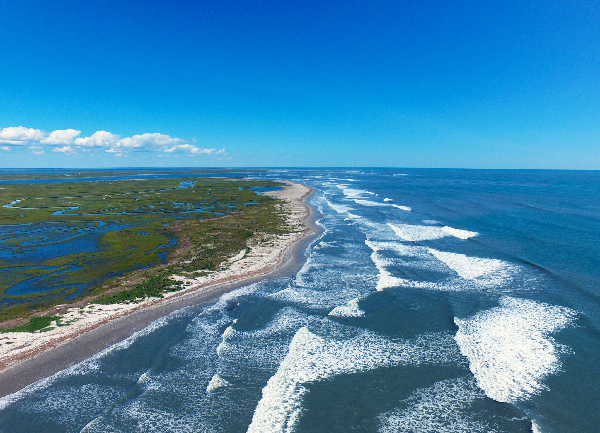What is the history of the Chesapeake and Ohio Canal?
The Chesapeake and Ohio Canal, also known as the C&O Canal, is a national historical park located in the eastern United States. The canal was built in the early 19th century to provide a transportation route between the Chesapeake Bay and the Ohio River. In this article, we will answer some frequently asked questions about the history of the Chesapeake and Ohio Canal.
When was the Chesapeake and Ohio Canal built?
Construction of the Chesapeake and Ohio Canal began in 1828 and was completed in 1850. The canal was built to provide a transportation route between the Chesapeake Bay and the Ohio River, and it was intended to compete with the Erie Canal, which had been completed in 1825.
Why was the Chesapeake and Ohio Canal built?
The Chesapeake and Ohio Canal was built to provide a transportation route between the Chesapeake Bay and the Ohio River. At the time, there was no efficient way to transport goods between the eastern and western parts of the United States. The canal was intended to provide a cheaper and more reliable transportation route than the existing roads and rivers.
How was the Chesapeake and Ohio Canal built?
The Chesapeake and Ohio Canal was built using a combination of hand labor and steam-powered equipment. The canal was dug by hand using shovels and picks, and the soil and rock were transported away using horse-drawn carts. Steam-powered dredges were used to dig through harder rock and to clear debris from the canal.
What was transported on the Chesapeake and Ohio Canal?
The Chesapeake and Ohio Canal was primarily used to transport coal from the western parts of Maryland and Virginia to the Chesapeake Bay. The canal was also used to transport other goods, including lumber, grain, and iron products.
What impact did the Chesapeake and Ohio Canal have on the United States?
The Chesapeake and Ohio Canal had a significant impact on the United States, both economically and socially. The canal provided a cheaper and more reliable transportation route between the eastern and western parts of the country, which helped to fuel the growth of industry and commerce. The canal also played a role in the development of the American labor movement, as many of the workers who built and operated the canal were immigrants and free African Americans.
Conclusion
The Chesapeake and Ohio Canal is a national historical park that played an important role in the development of the United States. The canal was built in the early 19th century to provide a transportation route between the Chesapeake Bay and the Ohio River, and it helped to fuel the growth of industry and commerce in the eastern United States.
The canal also played a role in the development of the American labor movement, as many of the workers who built and operated the canal were immigrants and free African Americans. Today, the Chesapeake and Ohio Canal is a popular destination for tourists and history buffs, who come to explore the canal’s rich history and natural beauty. Visitors can hike or bike along the canal’s towpath, take a boat ride on the canal, or visit one of the many historic sites and museums along the canal’s route. By learning about the history of the Chesapeake and Ohio Canal, visitors can gain a greater appreciation for this engineering marvel’s role in the development of the United States.








